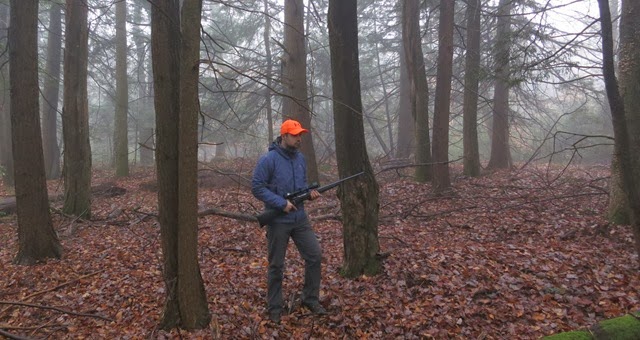You miss something Ross. You like endurance walks in dry cold weather.
M





You miss something Ross. You like endurance walks in dry cold weather.
M





The problem is though that "better" is an entirely subjective judgement. Quality can be defined as "the sum of attributes that make a product perform to its objectives". Unless the objectives are defined, any comparison is entirely pointless. It would appear that you choose attributes of insulation, weight and speed to dry. These make garments suitable for your purpose. Your purpose is defined by your activities, climate, financial limitations and personal preference. Unless everyone else is undertaking the same activities, in the same climate, with the same personal preferences as you, it would be foolish to expect them to make the same choices. This does not validate your choices or invalidate theirs. Given that most people on this forum operate on a different continent, undertaking different activities, it should be expected that their valid choices would be different garments.
You are absolutely right. That is why when we talk about what is "better" we have to specify what exactly we are talking about. I think I made it very clear in my earlier posts what characteristics I value and why. If someone doesn't care about those same characteristics, then naturally my choice will not be very informative for them.
That being said, it doesn't mean we can't be very accurate in our comparison with respect to specific characteristics. We can certainly determine which material is more waterproof, which material is more fire resistant, which material provides higher insulation per weight, which material is stronger, etc. Those things are not subjective in and of themselves. After we have those comparisons, a person can pick and chose a material based on which of those characteristics matter more for the outdoor trip they are undertaking.
I also strongly believe that the further out one gets into the woods, and the more difficult the trip, the more one has to rely on data when selecting gear, rather than on emotions.
That's true. But to me you seem to mention people in the "woods behind the house" a lot, which to me it seems you are suggesting that's what most people do. Everyone's different, it's not what I do, especially when canoeing, we go into the middle of nowhere, seeing no one the whole time we are there.
As someone on here (can't remember who?) said we aren't made of sugar, a bit of water isn't terrible as long as you have shelter and the means to make fire to dry off or let things air dry at night.
An experience of mine also is that no single garment I've ever used (many that is) no single one has been both 100% waterproof and 100% breathable, it's mainly been one or the other.
I'm for the 17th and 18th century way, I like traditional gear and If most of America and other parts of the world were mapped and discovered with that gear, I'm sure it'll still work now.
Just my two pence and I'm by no means an expert, just my opinions and experiences.
A hit! a hit, a postive hit
I take it back Ross, and are you warm in that get up? are you safe near the fires ? and is your kit unripped and unsnagged in the jaggy bushes ? My plastic stuff most certainly wasn't. I wasn't joking about getting very good at patching the blooming stuff, or the sweat rashes from the fleeceor the chill in the damp when stopped for a bit.
As I said, each to their own, but don't denigrate those who do not share your choice by claiming no 'research'. Practical hands on experience is the best research. Most of us have chosen accordingly too
cheers,
M
Mine HH is very worn around the bottom hem and around the wrists, is also has a few holes here and there on the back. And the inside is full of pilling.
I like wool too. On the fiberpiles jackets, the HH field jacket simply doesn't wear out, getting hard to find these days, hardly surprising HH don't push it more, who wants to sell a product that's near indestructible in normal use?

That looks like a Nevisport shirt ...
I had one very similar, and Derby Tweed britches
Happy days
Independant scientific testing just doesn't happen.
I'm technically a scientist; it all needs funding. Plus, at the end of the day, science gives results, but it's the interpretation of those results that is critical, and that's why peer review is a vital part of the process. Peer review though is in itself subjective.....after all, who do you choose to review your data ?
On a topic such as this, where everyone is different, everyone is subjective, everyone has different lives, there are very, very, few definites.
Thing is though, where most of us are happy to say that there are benefits to almost all fibres, you come across as truly negative about naturals. Funny how we've only had plastic clothing since the last war, yet people have managed quite happily on this earth with natural fibres for quite literally millenia.
As I said, each to their own. I know that my lifestyle wrecks plastic kit. I do own it, I do wear it, but I'm very choosey of where I wear it.
cheers,
Toddy
The repeated phrase behind the house or car camping could come across as a little patronising you know?
